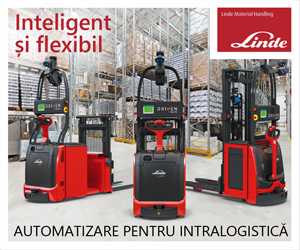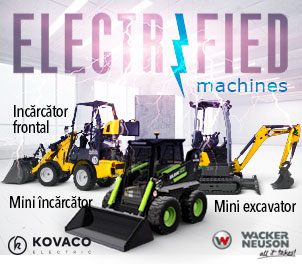Komptech machines for woody biomass
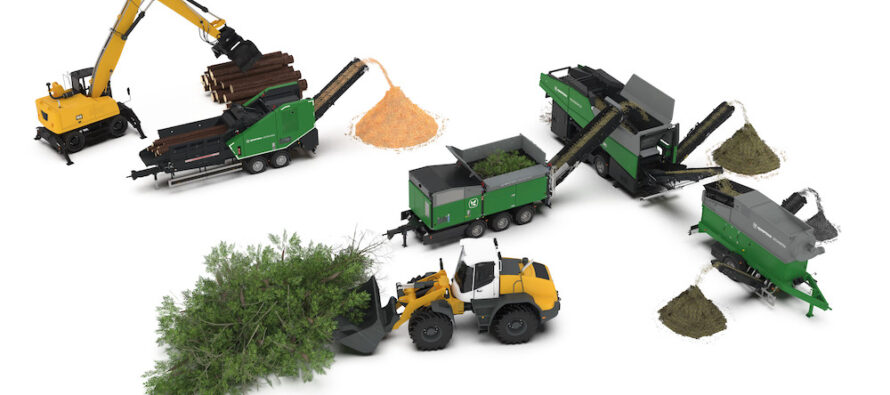
Story Highlights
- Komptech
- tocator Komptech
- ciur Komptech
- separator de pietre Komptech
Related Articles
With the right technology, a marketable fuel can be produced from waste wood as well as green and shrub cuttings. This gives waste disposal companies the option of adding the production of renewable energy to their portfolio. Komptech develops systems and machines that meet the specific demands of biomass heating and cogeneration plants, in terms of caloric value and particle size.
Processing renewable fuel
The key components for efficient fuel production are low-speed shredders or high-speed chippers, flexible star screens and high-performance stone separators. Tree and shrub cuttings from municipal and private landscaping, and woody residue from wood harvesting, form an inhomogenous fraction that needs processing before it can be used for fuel. Output quality, throughput time, energy efficiency and machine resistance to stoppages are factors that impact the economy of the process. The process sequence is shredding/chipping, screening and separation.
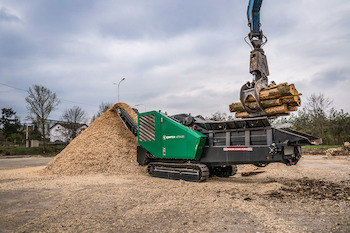 Shredding/chipping
Shredding/chipping
Making fuel from green cuttings usually requires coarse pre-shredding so that the woody components can be separated out as cleanly as possible in subsequent screening. There may be a short rotting phase to dry the material between the steps. Low speed shredders like the Komptech Crambo have the advantage that they make only small amounts of fines that are unsuitable for fuel production. Furthermore, the teeth on the Crambo are extremely resistant to damage by contraries and mineral components.
Where the feedstock has higher wood content and lower contamination with contraries, a high-speed chipper like the Axtor comes into its own. It creates fuel with a fine structure that can go right to a heating plant, or be further conditioned through screening for more exacting demands. The Axtor turns tree trunks into high-quality chips.
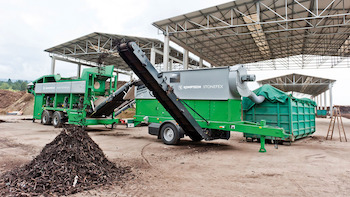 Screening
Screening
Komptech star screens separate the material to produce fine, medium, and oversize fractions in one pass. Typically the medium fraction is the most suitable for use as fuel. The fines are further processed into compost, while the overs are returned to the process for shredding.
In practice, a low screen cut with 15 to 25 mm holes and an upper screen cut of 80 to 100 mm have been found to be good standard values for getting the target grain size in the medium fraction. Some newer cogeneration plants have conveyors that can handle grains up to 150 mm. In addition to star screens, drum screens can be used. They feature universal utility and rugged construction.
Separation
For better fuel quality, it may be necessary to add a cleaning step to the process. For example, forestry residue and municipal green waste are often contaminated with stones during collection and storage. Inert mineral materials increase the ash content of a bio fuel, which is a negative quality criterion for heating plant operators. Severe contamination with stones reduces the quality of the fuel and thus how much customers will pay for it.
A Stonefex stone separator can remove up to 90 percent of the stones and inert materials. Contamination with light materials like plastic film can be separated out by wind sifting with a Hurrikan S wind sifter.


